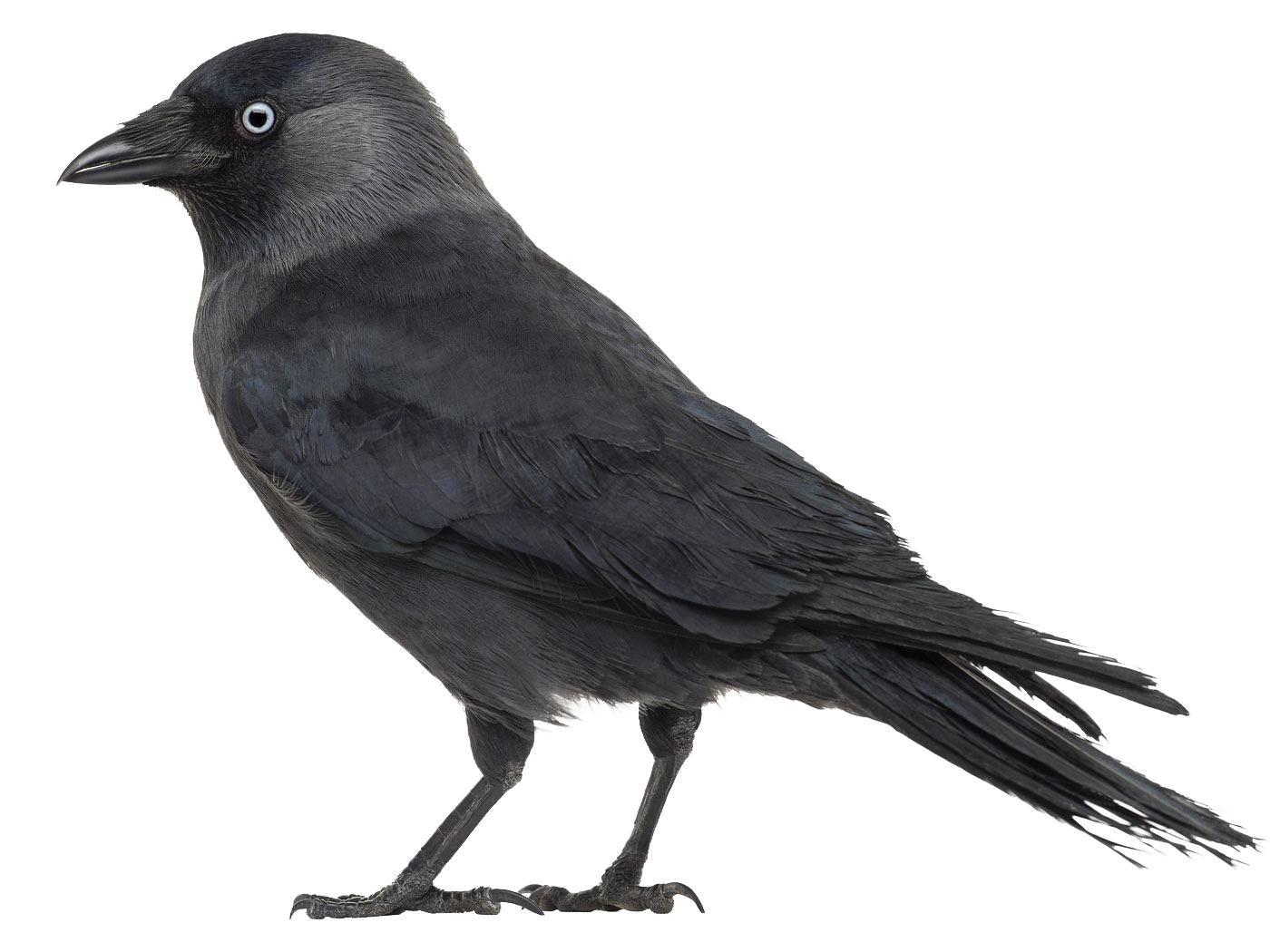Most creationists and most evolutionists are well aware by now of the fall of the evolutionist's icon, the peppered moth, which for many years had adorned the pages of introductory biology textbooks as the prime example of "evolution in action." Its removal has also been accompanied by a sad exposure of the world of scientific academia as often a world of pettiness, inordinate rivalry, and tender egos, sometimes tempting to near-fraud in the "tweaking" of reported results.
The story has been told in a wonderfully researched book recently published by Judith Hooper entitled, Of Moths and Men (New York: W. W. Norton and Co., 2002, 377 pp.), She notes in her prologue that "I am not a creationist" (p. xix). She evidently felt she had to provide this assurance because, as she said about the reaction to the developing moth scandal: "Behind the story, like a monster lurking under a five-year-old's bed, is the bogeyman of creationism."
Apparently, the creationist revival has been impacting the evolutionary establishment more than its leaders admit publicly. In fact, the major impetus behind the drive to document the evolution of the peppered moth in the first place may well have been due to the need to show that evolution by natural selection was actually happening now.
The prolific scientist writer Isaac Asimov once noted that: "One of the arguments of the creationists is that no one has ever seen the forces of evolution at work. That would seem the most nearly irrefutable of their arguments, and yet it, too, is wrong" (Asimov's New Guide to Science, Basic Books, 1984; as quoted by Hooper, op. cit., p. 309) .
Asimov then proceeded to recount the evidence of the peppered moth "evolving" into the carbonaria variety of the species Biston betularia by a process that had been called industrial melanism. This had indeed become the main popular "proof" of natural selection, convincing countless innocent students of the "fact" of evolution. The idea was that the "peppered" moth had evolved somehow into the "melanic moth" as a defense against bird predation during the industrial revolution in England and the resultant blackened tree trunks.
The two names most closely associated with the evolutionary myth of the peppered moth were two renowned Oxford university biologists, Dr. E. B. Ford and Dr. H. B. D. Kettlewell. Judith Hooper called Ford the "megalomaniac founder of the Oxford School of Ecological Genetics." Who "By his own lights . . . had almost single-handedly rescued natural selection from oblivion in the 1920s and 1930s . . ." (Hooper, op. cit., p. xvi). Bernard Kettlewell was a medical doctor and amateur entomologist who was recruited by Ford when he recognized Kettlewell's unusual abilities in the field as a student and collector of moths.
The black (melanic) moths had first turned up in England around 1858 and soon were multiplying, especially in the industrial areas. It was reasonable to attribute this rise in melanism to natural selection. But this was only speculative until it could actually be proved in the field.
Dr. Ford had become an ardent defender of natural selection in the Darwinian sense, as opposed to other evolutionary mechanisms being promoted at the time. Eventually, he became convinced that a relatively rapid natural selection had occurred in the peppered moth and could actually be demonstrated by systematic field studies.
For this fieldwork, Bernard Kettlewell was selected, and he did perform the well-known field studies which resulted in the to-be-much-publicized proof of "evolution in action." As Hooper notes: "By the close of the 1950s, the peppered moth would be the poster child for evolution" (Hooper, op. cit., p. 146, emphasis hers).
As the noted evolutionary historian William Provine told Judith Hooper in a personal interview: ". . . It's fun to look through all the textbooks and always this example—and I mean always—is hauled out" (Ibid., p. 149, emphasis his). As Hooper says: "The peppered moth was becoming evolution's number one icon just in time for the big Darwin centennial" (p. 165).
That event took place in Chicago in 1959, which Hooper called a "supercharged extravaganza, which encompassed five days of pageantry, televised debate, Darwin worship and theatrical spectacle" (p. 166). Julian Huxley, who had become an admirer of Ford and Kettlewell, was the keynote speaker, and he enthusiastically proclaimed the triumph of Darwinism and death of God. The then recent studies on the peppered moth were frequently cited by speakers there. Though Kettlewell was not present, Ford did present a paper on polymorphism.
Interestingly, Judith Hooper's comment on this great convocation is as follows: "Huxley's atheism and the general Darwinist pep rally were noted darkly by a small group of outraged evangelicals. A stream of anti-evolution literature followed, notably John C. Whitcomb and Henry Morris's The Genesis Flood, the forerunner of the `scientific creationism' movement. . ." (p. 167).
Furthermore, the whole neo-Darwinian paradigm was beginning to be questioned as well. Kettlewell was invited to the 1966 Wistar Institute symposium on "Mathematical Challenges to the Neo-Darwinian Interpretation of Evolution" in Philadelphia, where he heard a number of key mathematicians and biologists show that the standard theory could not possibly account for the world of living creatures in any finite time. In 1967, his friend and supporter, Julian Huxley, "was in a nursing home receiving electroshock treatments for one of his periodic depressions" (p. 186).
After laboring on it for many years, Kettlewell finally published his magnum opus, The Evolution of Melanism, in 1973, but the reviews were lukewarm. Furthermore, Stephen Jay Gould, who would soon become the chief antagonist of the British neo-Darwinists of the rising generation (most notably Maynard Smith and Richard Dawkins, as well as the followers of Dr. Ford), had just published his first influential paper in 1965. His Harvard colleague, Richard Lewontin (who was, like Gould, a Marxist), published a book in 1974 which would "portray the Oxford School crowd as silly toffs with butterfly nets" (Hooper, op. cit., p. 216). Even in England, younger scientists were finding they could not replicate Kettlewell's field results, and were raising questions as to why.
Kettlewell himself was having serious health problems. When he was denied election as a Fellow of the Royal Society for the third time in 1976, he became completely disheartened. He died in 1979, reputedly by suicide.
Since his death, many researchers have been raising doubts about various aspects of his research, and even those of his boss, E. B. Ford. One of the main questioners has been Ted Sargent, emeritus professor of Biology at the University of Massachusetts, who insists that the famous photographs of moths on tree trunks published by Kettlewell were all fakes.
Sargent's first paper expressing these doubts was published in 1976, but few seemed to notice. Eventually, however, many others also began finding flaws in Kettlewell's work. In the process, some of these critics have been accused of "giving aid and comfort to the enemy, the creationists" (Hooper, p. 286). We cannot discuss all these criticisms here, but the conclusion was, as Hooper says: ". . . at its core lay flawed science, dubious methodology, and wishful thinking" (p. xx). Some went so far as to accuse Ford and Kettlewell of actual fraud, but most thought it was just poor science. Cambridge lepidopterist, Michael Majerus, in his book, Melanism: Evolution in Action "left no doubt that the classic story was wrong in almost every detail" (Hooper, p. 283). Yet, amazingly, he still believed the basic story of the shift in coloration of the peppered moth as caused by bird predation and natural selection.
And so does Judith Hooper, for that matter. In her last chapter, she says that the fact that the peppered moth story was all wrong "does not disprove the theory of evolution. . . . It is reasonable to assume that natural selection operates in the evolution of the peppered moth" (p. 312).
It may be surprising to her and other evolutionists that creationists have never had a problem with the traditional story, except with the claim that it was "evolution in action." It was really only "variation and conservation in action." It could hardly even be called microevolution, because the moth remained the same species throughout the process.
The words of this writer, in a book published almost 30 years ago, are still relevant. "The classic example of the peppered moth. . . . was not evolution in the true sense at all but only variation. Natural selection is a conservative force, operating to keep kinds from becoming extinct when the environment changes" (Scientific Creationism, 1974, p. 51).
Most creationists, believe it or not, have never questioned the basic story of the peppered moth. After all, a leading British zoologist, L. Harrison Matthews, in his Introduction to the 1971 edition of Darwin's Origin of Species had already said: "The peppered moth experiments beautifully demonstrate natural selection—or survival of the fittest—in action, but they do not show evolution in progress, for . . . all the moths remain from beginning to end Biston betularia."
No creationist today questions the phenomena of variation and natural selection; most would not even question speciation. But, there is still no evidence whatever for macroevolution or the introduction of new information into the genetic system of any basic kind of organism, including the famous moth. Evolution has always been nothing but a pagan myth.
















